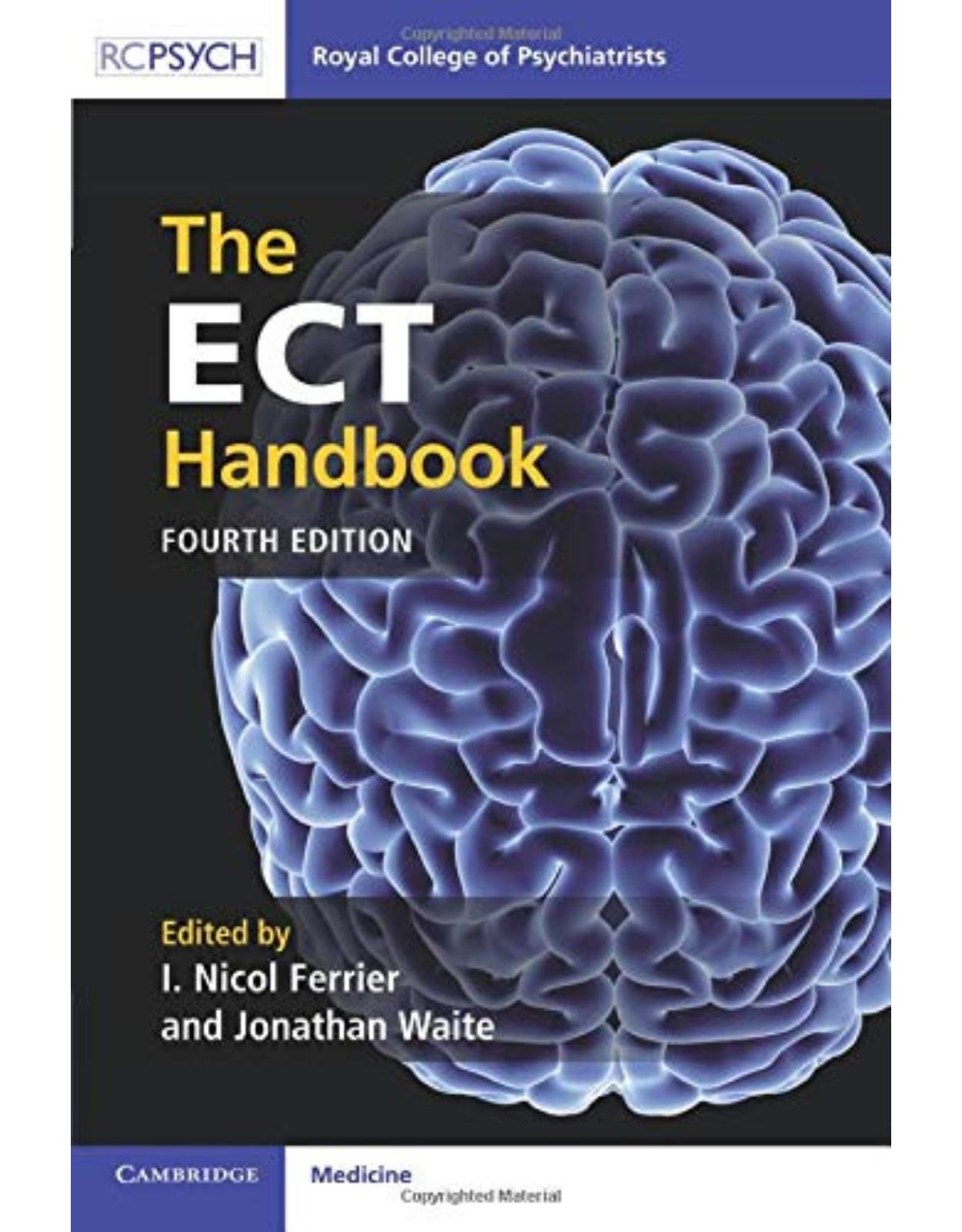
The ECT Handbook
Livrare gratis la comenzi peste 500 RON. Pentru celelalte comenzi livrarea este 20 RON.
Disponibilitate: La comanda in aproximativ 4 saptamani
Autor: I. Nicol Ferrier
Editura: Cambridge University Press
Limba: Engleza
Nr. pagini: 292
Coperta: Paperback
Dimensiuni: 15.49 x 1.52 x 23.37 cm
An aparitie: 30 Jun. 2019
Description:
The fourth edition of this popular Handbook provides the latest guidance on prescribing and administering electroconvulsive therapy (ECT). Leading researchers and practitioners review new research on ECT and related treatments, including their efficacy in children and adolescents, and in those with bipolar disorder and neurological conditions. With a focus on safe provision and minimisation of side effects, it provides the reader with practical, evidence-based advice. The book has been substantially revised: references have been updated throughout; related treatment modalities such as rTMS, tCDS and ketamine are covered in greater depth; and current administrative and legal framework guidelines are clearly outlined. An essential reference manual for consultant and trainee clinical psychiatrists, as well as ECT practitioners. This guide will benefit clinical teams looking after complex cases of depression, as well as those involved in the care of other people for whom ECT may be recommended.
Table of Contents:
Chapter 1 The Place of ECT and Related Treatments in Contemporary UK Psychiatry
ECT
Depression
NICE Guidelines on Use of ECT in Depression
Royal College of Psychiatrists' Position Statement on ECT for Depression
Bipolar Disorder
Mania
Bipolar Depression
Schizophrenia
Catatonia
Severe mental illness in pregnancy and the puerperium
Transcranial Magnetic Stimulation
Ketamine
Transcranial Direct Current Stimulation
Neurosurgery for Mental Disorder
References
Chapter 2 Mechanism of Action of ECT
Introduction
Current Concepts of the Pathophysiology of Depression
Developments from Brain Imaging
Cellular Pathology
Amino Acid Neurotransmitters
Inflammation
Therapeutic Efficacy of ECT in Relation to Mechanism
ECT and Structural Imaging
ECT and Functional Imaging
ECT, GABA and Glutamate
ECT and Inflammation
ECT and Monoamines
Conclusions
References
Chapter 3 ECT in the Treatment of Depression
Efficacy of ECT in Depression
Comparison of ECT and rTMS
Comparison of Bilateral and Unilateral ECT
Dose of Electrical Stimulus
Pulse Width
Frequency of ECT
Number of ECT Sessions
The Place of ECT in the Treatment of Depression
Types of Depression that Respond to ECT
Predictors of Response and Non-Response
Relapse Post-ECT
ECT as an Emergency Treatment in Depression
The Use of ECT in Treatment-Resistant Depression
The Use of ECT as Treatment for Depression in Different Populations
Summary: Clinical Implications
The Royal College of Psychiatrists ECT and Related Treatment Committee's 2017 Position Statement
References
Chapter 4 ECT in Mania (and Mixed States)
Efficacy of ECT in Acute Mania
Randomised Trial Evidence
Non-Randomised Data
Efficacy in Acute Mixed Affective Episodes
Incident Mania
Electrode Placement and Stimulation Parameters
ECT for Mania and Concomitant Medication
Recommendations
References
Chapter 5 Electroconvulsive Therapy in Bipolar Disorder Depression
Efficacy of ECT in BD Depression
When Should ECT Be Used in Bipolar Disorder Depression?
General Treatment Principles
Psychotropic Drug Treatment during a Course of ECT
Treatment-Induced Switch to Mania
Recurrence and Relapse
Cognitive Side Effects of ECT in Bipolar Disorder Depression
Recommendations
References
Chapter 6 ECT in Older Adults
Efficacy
Safety
Practical Considerations
Recommendations
Acknowledgements
References
Chapter 7 ECT in People with an Intellectual Disability
Introduction
Diagnostic Issues
Epidemiology of Psychiatric Disorders in People with an Intellectual Disability
Use of ECT in People with Intellectual Disability and Mood Disorders
ECT in People with an Intellectual Disability, Autism and Catatonia
Use of ECT in People with an Intellectual Disability and Severe Challenging Behaviour
ECT Used in Other Situations
Observations on Use of ECT by Psychiatrists Working with People with an Intellectual Disability
Conclusion
Recommendations
Acknowledgement
References
Chapter 8 ECT in Pregnancy and Postnatally
ECT during Pregnancy
ECT in the Postnatal Period
Key Points
References
Chapter 9 Electroconvulsive Therapy in Children and Adolescents
Introduction
Epidemiology
Indications for Use
Mood Disorders
Psychotic Disorders
Catatonia
Neuroleptic Malignant Syndrome
Side Effects
Prognosis
Consent, Capacity and Legal Considerations
Patients, Carers and Clinicians' Views
Gaps in the Evidence and Research Recommendations
References
Chapter 10 The Use of ECT in the Treatment of Schizophrenia
History
Chemically Induced Seizures
Electrically Induced Seizures
Current Usage
Efficacy and Effectiveness
ECT in Treatment-Resistant Schizophrenia
ECT in Combination with Clozapine
Speed of Response
Electrode Placement
Frequency of Treatment
Duration of Acute Treatment
Continuation and Maintenance Treatment
Continuation ECT
Maintenance ECT
Adverse Effects and Risks
Legal Considerations
Discussion
Recommendations
Acknowledgements
References
Chapter 11 The Use of ECT in the Treatment of Catatonia
Classification and Diagnosis
History
Current Usage
Efficacy and Effectiveness
Randomised Controlled Trials
Prospective Uncontrolled Studies
Retrospective Studies
Systematic Reviews
Electrode Placement
Frequency of Treatment
Duration of Acute Treatment
Co-administration of Benzodiazepines
Continuation and Maintenance Treatment
Discussion
Recommendations
Acknowledgements
References
Chapter 12 ECT in Neuropsychiatric Disorders
Parkinson's Disease
Movement Disorder
Depression
Psychosis
Other Conditions
Practical Considerations
Epilepsy
Seizures
Status Epilepticus
Depression
Stroke
Huntington's Disease
Catatonia
Neuroleptic Malignant Syndrome
Multiple Sclerosis
Encephalitis
Dementia
Behavioural Disturbance
Depression
Psychosis
Delirium
Tardive Dyskinesia
Other conditions
Summary
References
Chapter 13 Cognitive Side-Effects of ECT
Importance of Cognitive Side-Effects
Types of Adverse Cognitive Side-Effects
Immediate Cognitive Effects
Lithium and ECT
Post-ictal Delirium
Subacute and Longer-term Cognitive Side-Effects
Anterograde Amnesia
Non-memory Cognitive Side-Effects
Retrograde Amnesia
Subjective Memory Difficulty
Assessment
Retrograde Amnesia Assessment
Prevention
Primary Prevention
Secondary Prevention
Key Points
References
Chapter 14 Non-cognitive Adverse Effects of ECT
Introduction
Assessment Before ECT
Consent
Mortality Rate
Cardio-Pulmonary Adverse Effects
Suicide
Prolonged Seizures
Mania
Other Non-cognitive Adverse Effects
Regular Review
Recommendations
References
Chapter 15 Transcranial Magnetic Stimulation
Introduction
Putative Mechanism of Action
Clinical Guidance and Approvals
Indications
Efficacy in Depression
Contraindications
Patient Selection
Overview of rTMS Administration
Safety
rTMS in Pregnancy and in Older People
Patients' Experience of TMS
Training for rTMS Administration
Introduction
Setting Up a Training Course
What Should Be Covered in a Training Course?
rTMS Administration
Setting Up the Machine
Efficacy and Safety
Applied Aspects
Summary
References
Chapter 16 Neurosurgery for Mental Disorder
'Neuromodulation'
Vagus Nerve Stimulation
Technical Aspects
Outcome Studies
Place for VNS in the Management of Refractory Depression
Deep Brain Stimulation
Technical Aspects
Outcome Studies
Place for DBS in the Management of Refractory Depression
Ablative (Lesion) Neurosurgery for Mental Disorder
Technical Aspects
Outcome Studies
Place for Ablative Neurosurgery in the Management of Refractory Depression
Summary
References
Chapter 17 Ketamine for Psychiatric Disorders
Introduction
Clinical Effect
Other Compounds and Routes
Esketamine
Mechanism of Antidepressant Action
Ketamine and ECT
Adverse Effects
Abuse Potential
Cognitive Impairment
Cardiovascular Effects
Bladder
Formulations and Licensing
Ketamine in Other Disorders
Obsessive Compulsive Disorder
Post-Traumatic Stress Disorder
Eating Disorders
Anxiety Disorders
Ketamine Clinics and Guidance
Registries and Monitoring
The Future
Summary
References
Chapter 18 The ECT Accreditation Service (ECTAS)
References
Chapter 19 The Scottish ECT Accreditation Network (SEAN)
Patient-Centred
Safe
Effective
Equitable
References
Chapter 20 Medical Training for Psychiatrists in ECT
Developing and Maintaining Service Delivery
Training and Supervision
Achieving and Maintaining Appropriate Service Standards
Key Points
References
Chapter 21 Nursing Care of the Patient Receiving ECT and the Roles of the ECT Nurse
Introduction
Providing Education to Patients, Carers and Other Health Care Workers
Inpatient and Day Patient ECT
Accompanying and Providing Emotional Support to Patients and Carers
Preparing the Patient for ECT Treatment
Nursing Care in the ECT Treatment Room
Recovery Care and Discharge from the ECT Clinic
ECT in Theatres and the Role of the ECT Nurse in the Theatre Environment
The ECT Nurse Specialist and Managing the ECT Clinic
Clinics Practising Nurse-Administered ECT
Nurse Training and Development
Clinical Governance in ECT
Conclusion
Acknowledgements
References
Chapter 22 Practical Aspects of ECT
Introduction
Treatment Room
Equipment
Trolley
Disposal
ECT Equipment
Rationalisation and Closure of ECT Suites Nationally
Staffing: General
Nursing Staff
Medical Staff
Prescription and Monitoring
How Often Should ECT Be Prescribed?
WHO Checklist
Sign In
Psychiatric Issues
Anaesthetic Issues
Sign Out
Electrode Placement
Bilateral Electrode Placement
Unilateral Electrode Placement
Bilateral Versus Unilateral ECT
Right versus Left Unilateral ECT
What About Bifrontal ECT?
What Does Changing the Pulse Width Do?
Stimulus Dosing
Measuring Impedance
Is a Seizure Necessary for ECT to Be Effective?
Why Should the Seizure Threshold Be Measured?
How to Establish the Seizure Threshold
What if the Seizure Threshold Is too High?
Xanthines
What if the Seizure Is too Long?
Seizure Adequacy
What if the Seizure Becomes too Short during the ECT Course?
Post-ECT Clinical Monitoring
The Course of Treatment
Continuation and Maintenance ECT
Key Points
References
Chapter 23 Anaesthesia for Electroconvulsive Therapy
Introduction
Practice Guidelines
Role of the Lead Anaesthetist
Patient Evaluation
Investigations
Monitoring
Anaesthesia
Induction Agents
Inhalational Induction agents
Alfentanil, Remifentanil, Fentanyl
Muscle Relaxants
Drugs to Modify the Autonomic Effects of ECT
Acute Physiological Effects of ECT
Adverse Effects of ECT
Cardiovascular
Musculo-Skeletal
Cognitive
Key Points
Acknowledgements
References
Chapter 24 Dental Issues Related to ECT
Dental Issues for Psychiatrists
The Risks
Risk Awareness
Risk Identification
Risk Management
Dental Issues for Anaesthetists
Brief Review of Specific Dental Restorations and Associated Risks
Veneers
Crowns
Bridges
Implants
Intraosseous Denture Supports
Clinical Situations that Require Different Management Strategies
The Fully Dentate Patient
The Mouth with Complex Restorations
The Edentulous Patient
The Partially Dentate Patient
Key Points
References
Chapter 25 Interactions between ECT and Prescribed Medication
Introduction
Methods and General Considerations
Anaesthetics and Related Medication
Psychotropic Medication
Antidepressants
Antipsychotics
Lithium
Anticonvulsant Drugs
Anxiolytics and Hypnotics
Acetylcholinesterase Inhibitors
Other Medication
Conclusions
References
Chapter 26 Seizure Monitoring in ECT
Motor Activity
Observation
The Hamilton 'Cuff' Technique
Electromyography (EMG)
Optical Motor Sensor (OMS)
Practice Points
Cardiovascular Response
Electroencephalography (EEG)
EEG Electrode Placement
Establishing a Baseline EEG
Ictal and Postictal EEG Phases
Phase 1: Electrodecremental Phase
Phase 2: Recruiting Rhythm
Phase 3: Polyspike Activity
Phase 4: Theta and Delta Activity
Phase 5: Seizure Termination
Phase 6: Postictal Suppression
Phase 7: Return to Baseline
EEG Artefacts
Muscle Artefact
Movement Artefact
Electrode Artefact
Electrocardiographic Artefact
Determining Seizure Adequacy
Conclusion
References
Chapter 27 Safe ECT Practice in People with a Physical Illness
Physiological Effects of ECT
Coexisting Medical or Surgical Conditions
Cardiovascular Disease
Arrhythmias and Cardiac Conduction Abnormalities
Hypertension
Myocardial Infarction
Pulmonary Embolism and Anticoagulation
Cardiac Failure
Cerebral Aneurysm
Abdominal Aortic Aneurysm
Valvular Heart Disease
Neurological Conditions
Cerebrovascular Disease
Parkinson's Disease
Auto-immune Encephalitis
Tardive Dyskinesia
Intracranial Foreign Objects
Other Medical Conditions
Gastrointestinal Disorders
Endocrine Disorders
Respiratory Disorders
Other Conditions
Minimising Risk
Balance of Risks and Benefits
Recommendations
References
Chapter 28 Capacity, Consent and the Law
Capacity: the Principles
The Informal Patient: Seeking Consent
Assessing Capacity
Capacity Law
England and Wales
Mental Capacity Act 2005 (MCA)
Mental Health Act 1983 (MHA)
Mental Capacity Act or Mental Health Act?
Emergency Treatment
Suggested Procedure for Consent for People under 18
Scotland
Informal Patients Capable of Giving Consent
Patients Incapable of Giving Informed Consent
Adults with Incapacity (Scotland) Act 2000
Mental Health (Care and Treatment) (Scotland) Act 2003
Short-term Detention Certificate/Compulsory Treatment Order
Advance Statements
Northern Ireland
Republic of Ireland
Acknowledgements
References
Chapter 29 Patients', Carers' and the Public's Perspectives on ECT and Related Treatments
Patients' Perspectives
Carers' Experiences
Conclusions
References
Index
| An aparitie | 30 Jun. 2019 |
| Autor | I. Nicol Ferrier |
| Dimensiuni | 15.49 x 1.52 x 23.37 cm |
| Editura | Cambridge University Press |
| Format | Paperback |
| ISBN | 9781911623168 |
| Limba | Engleza |
| Nr pag | 292 |

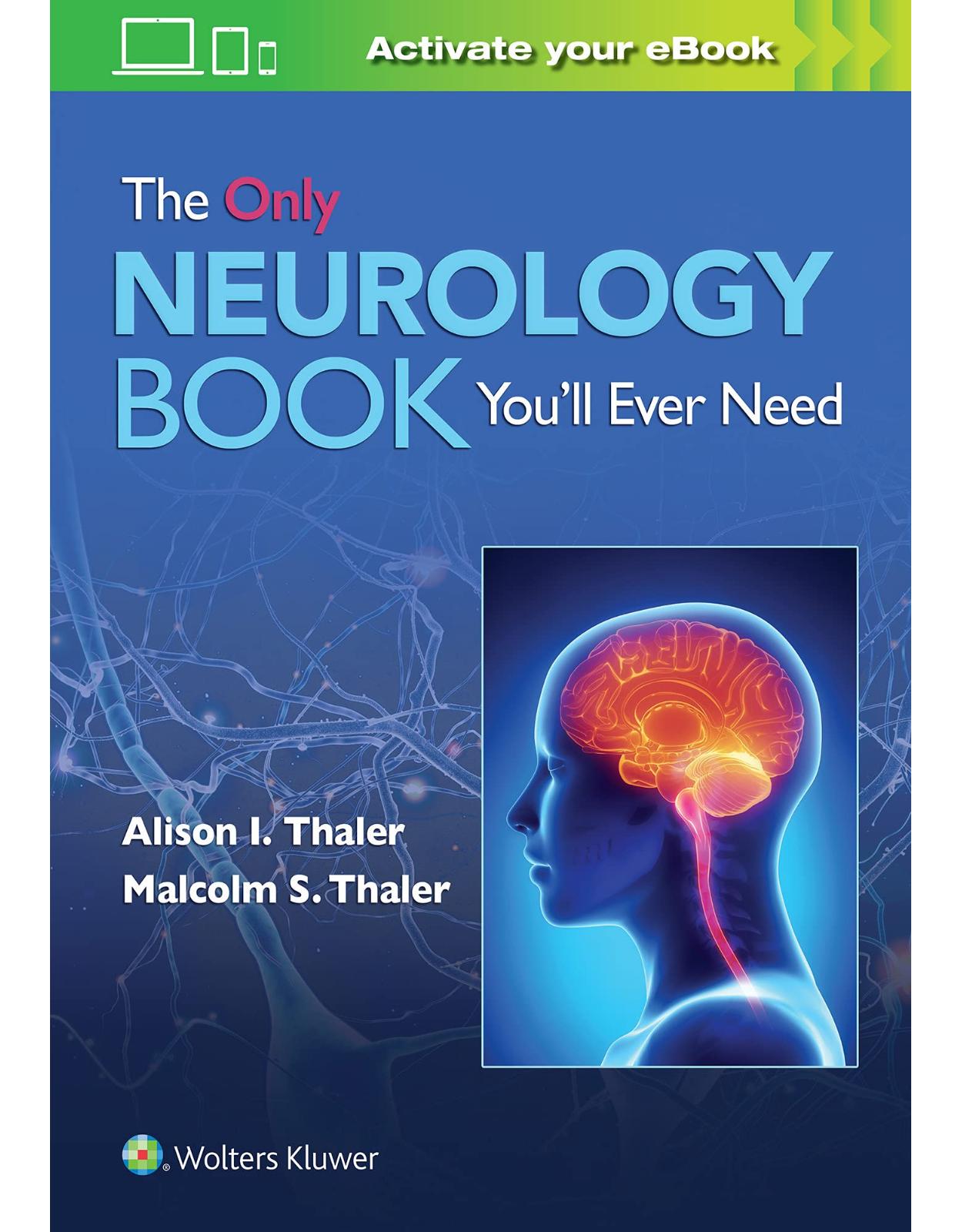
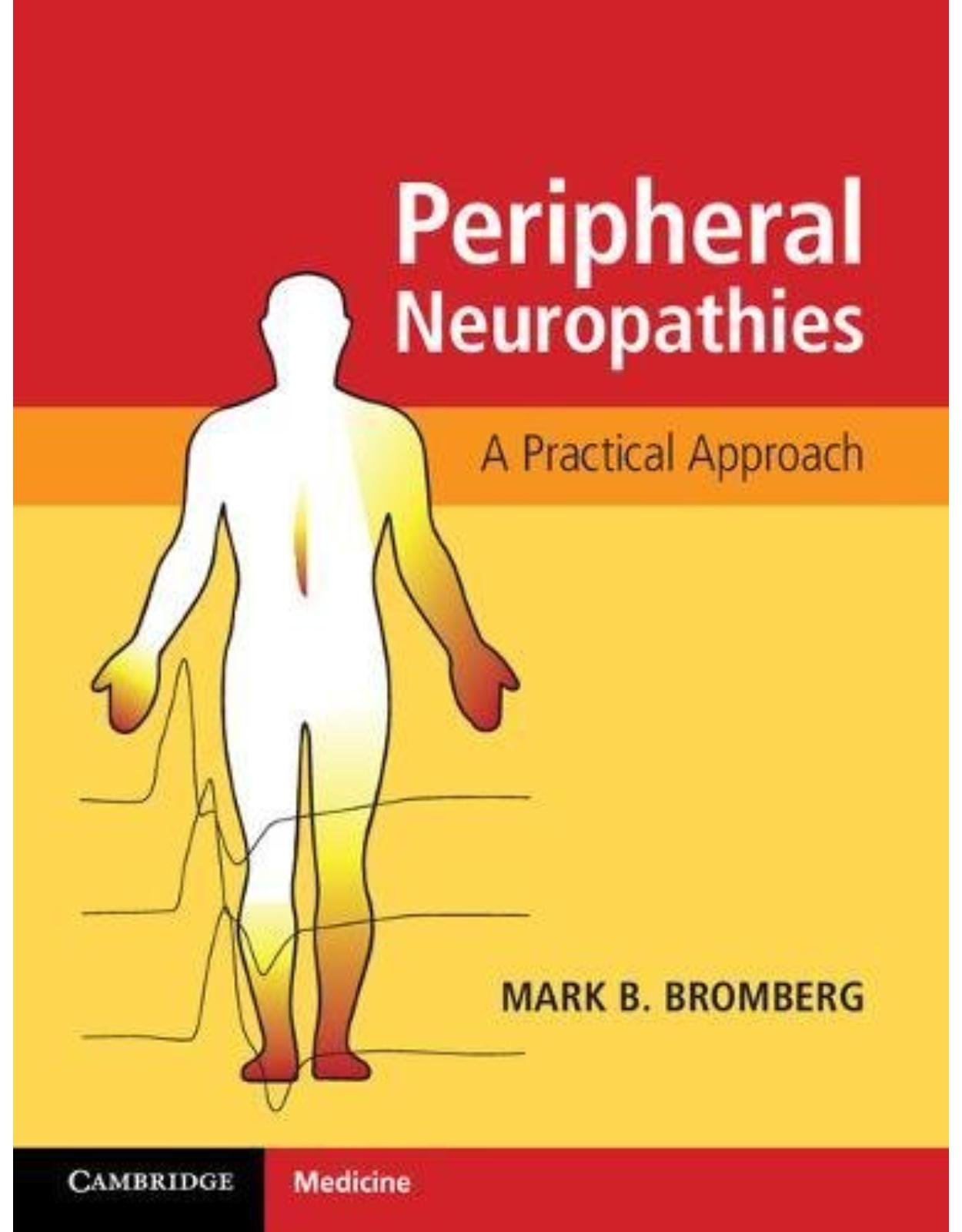
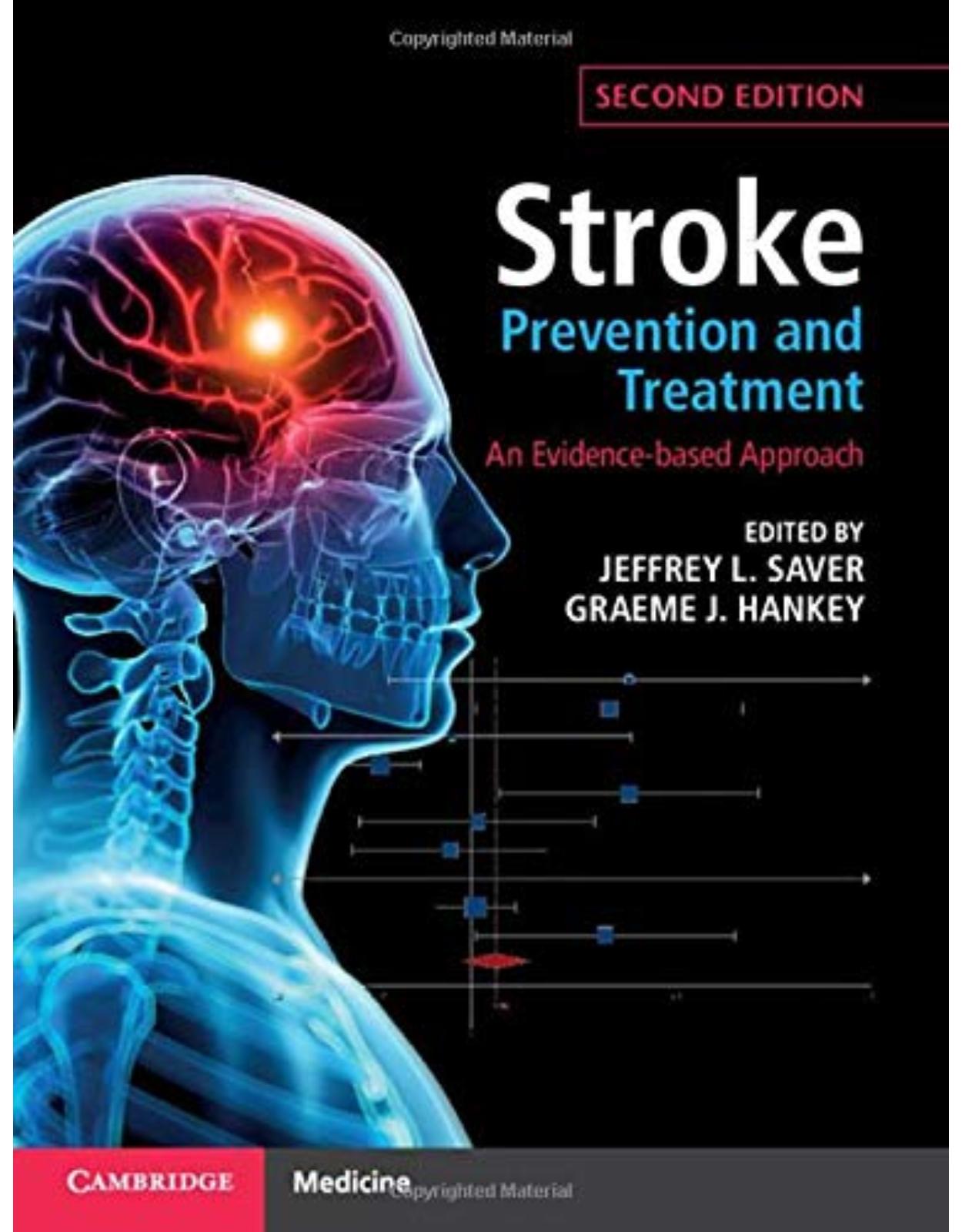
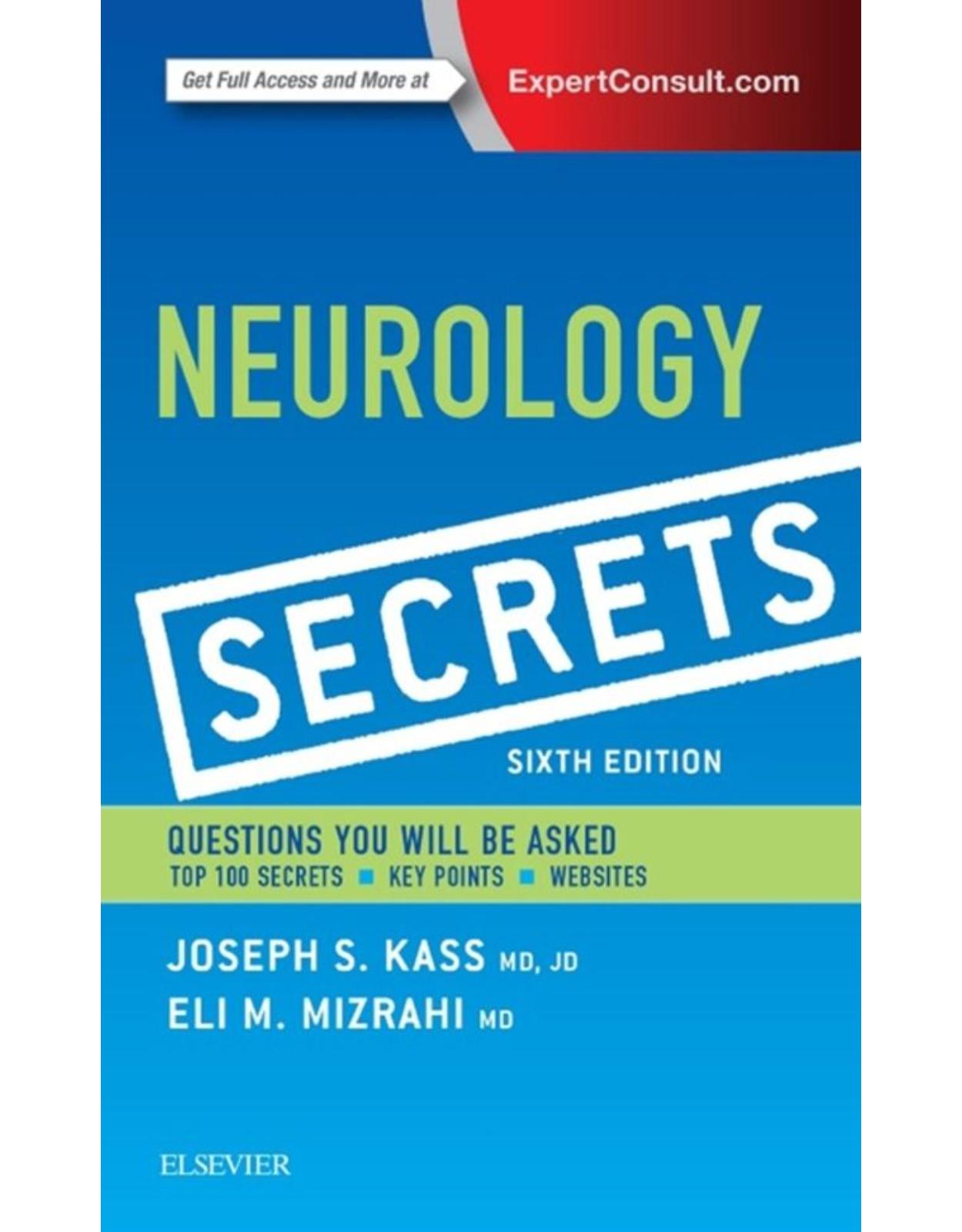
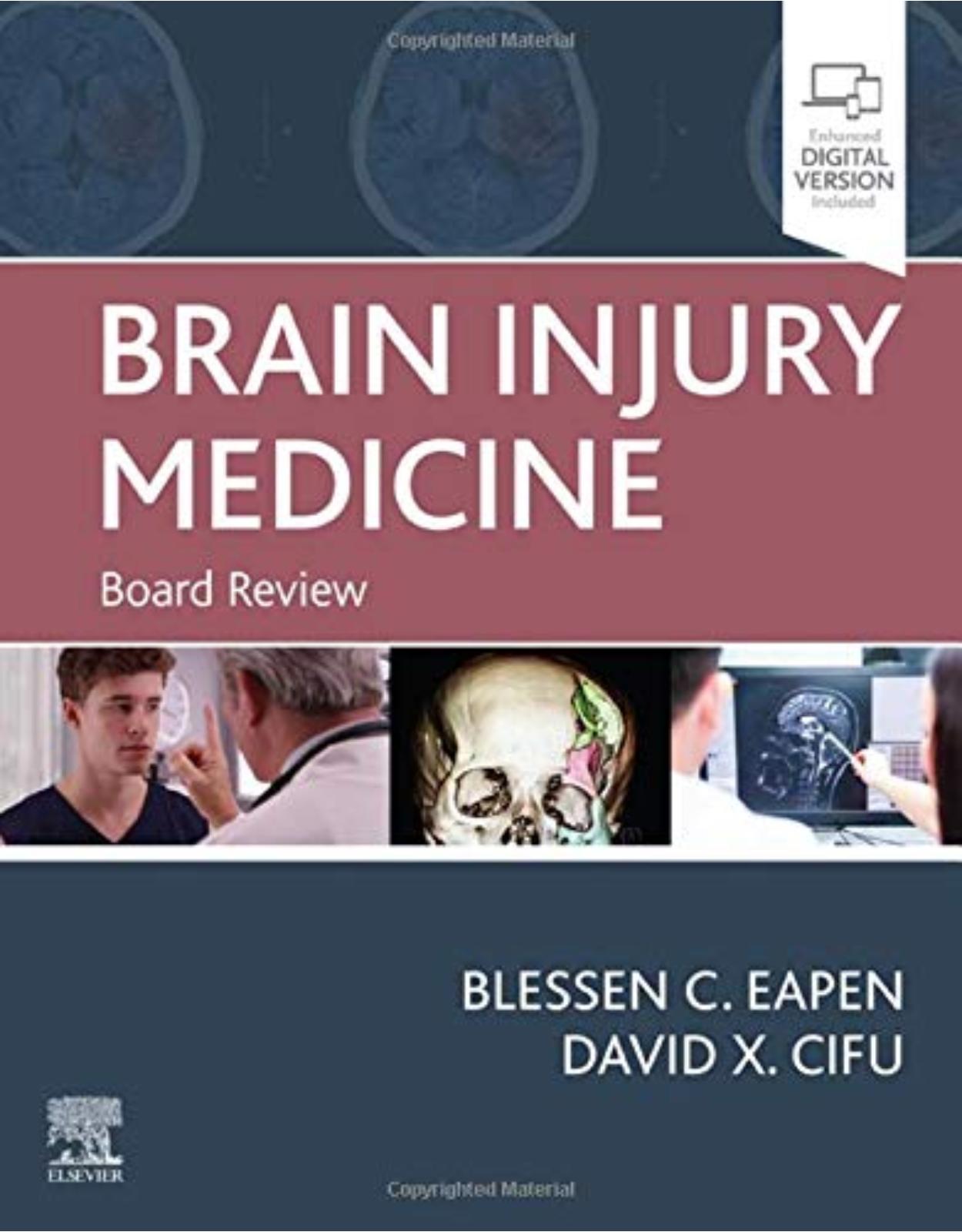

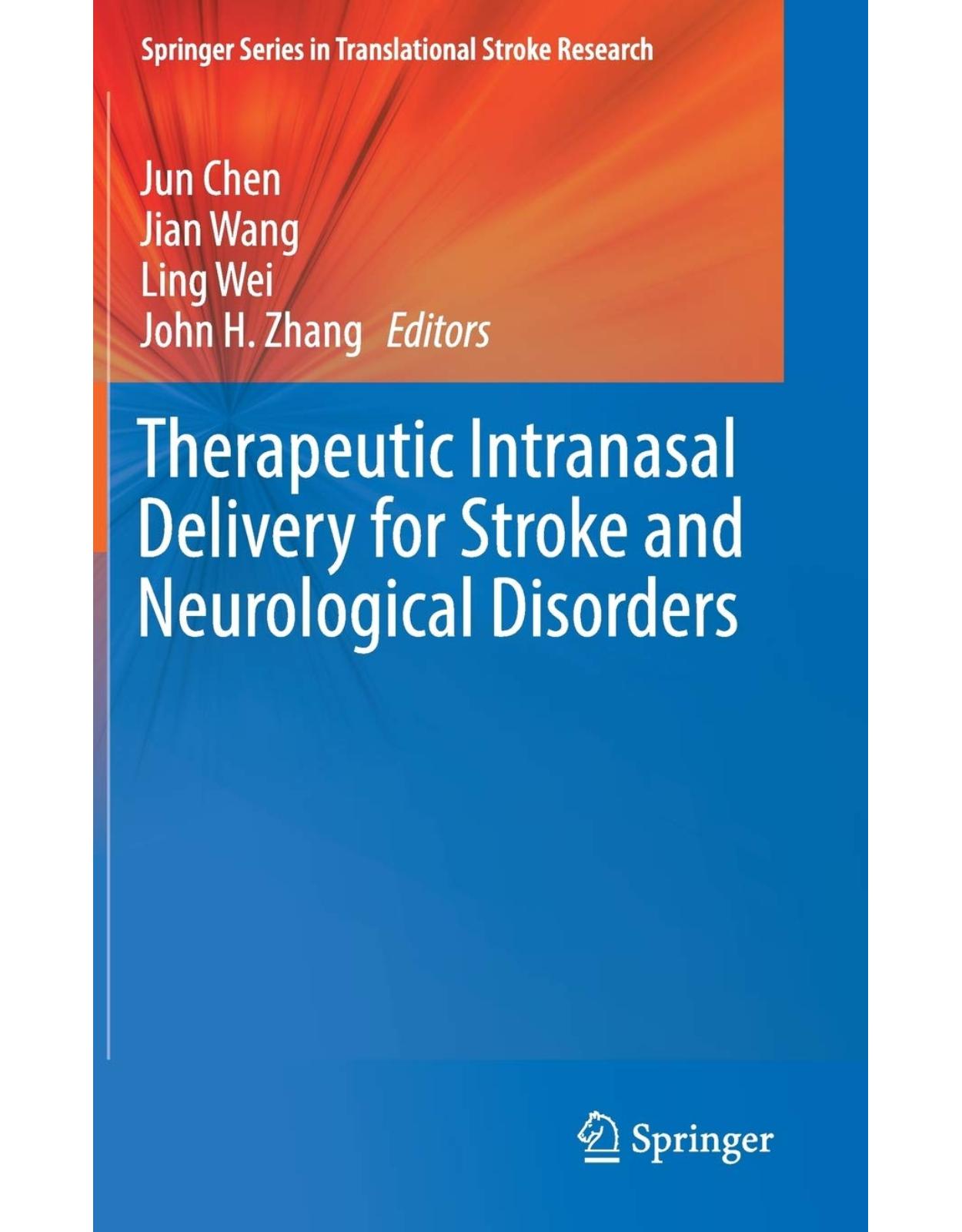
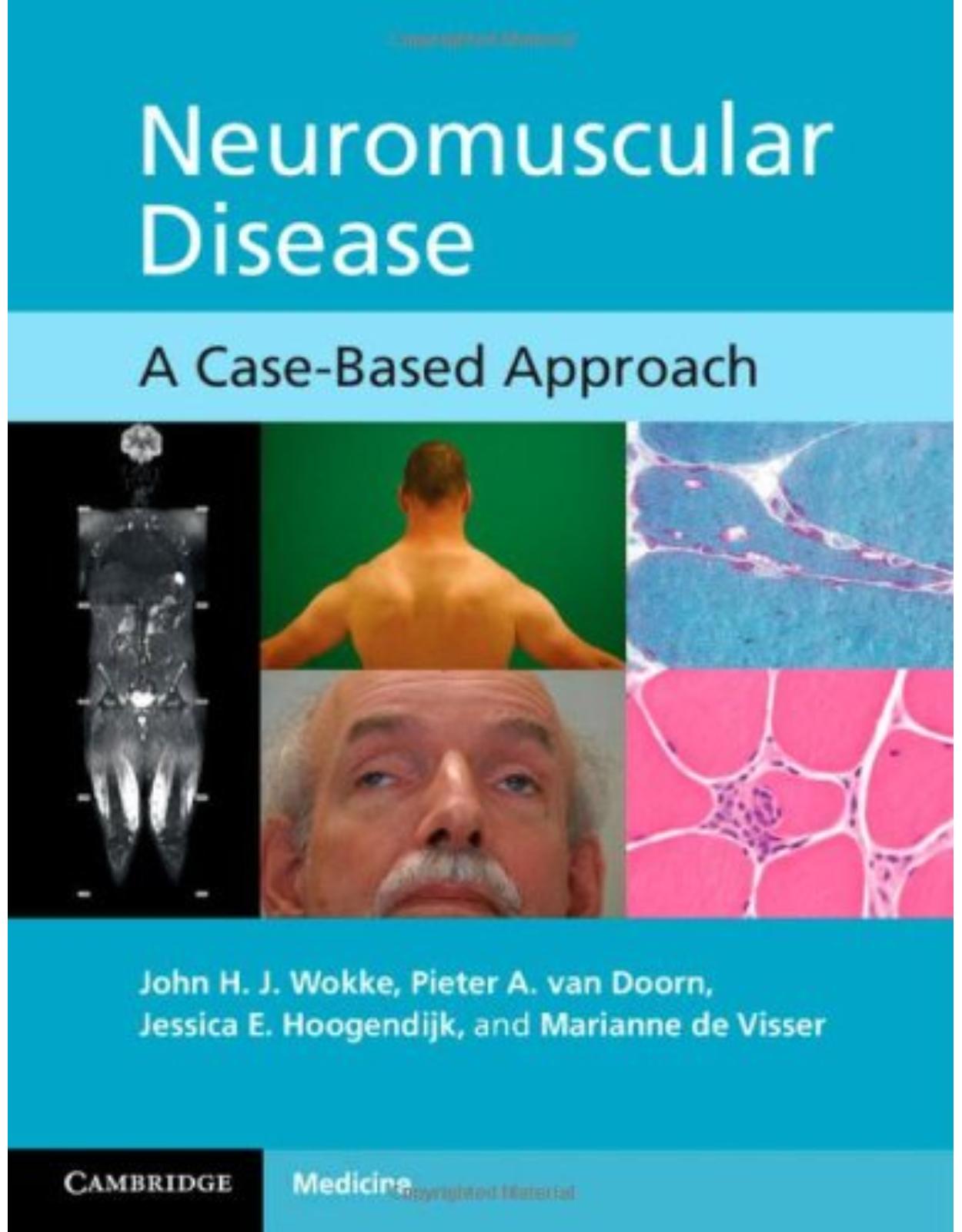
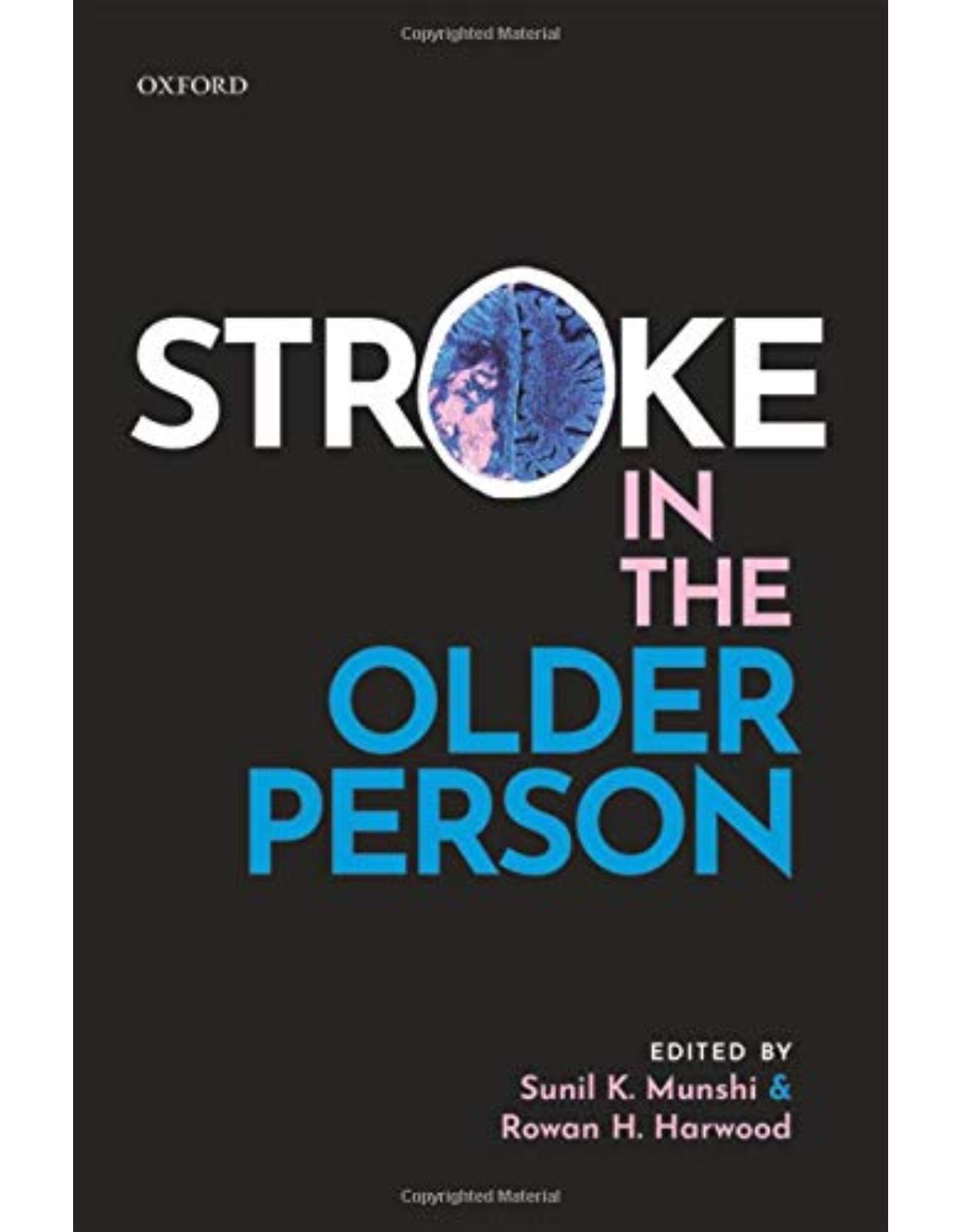
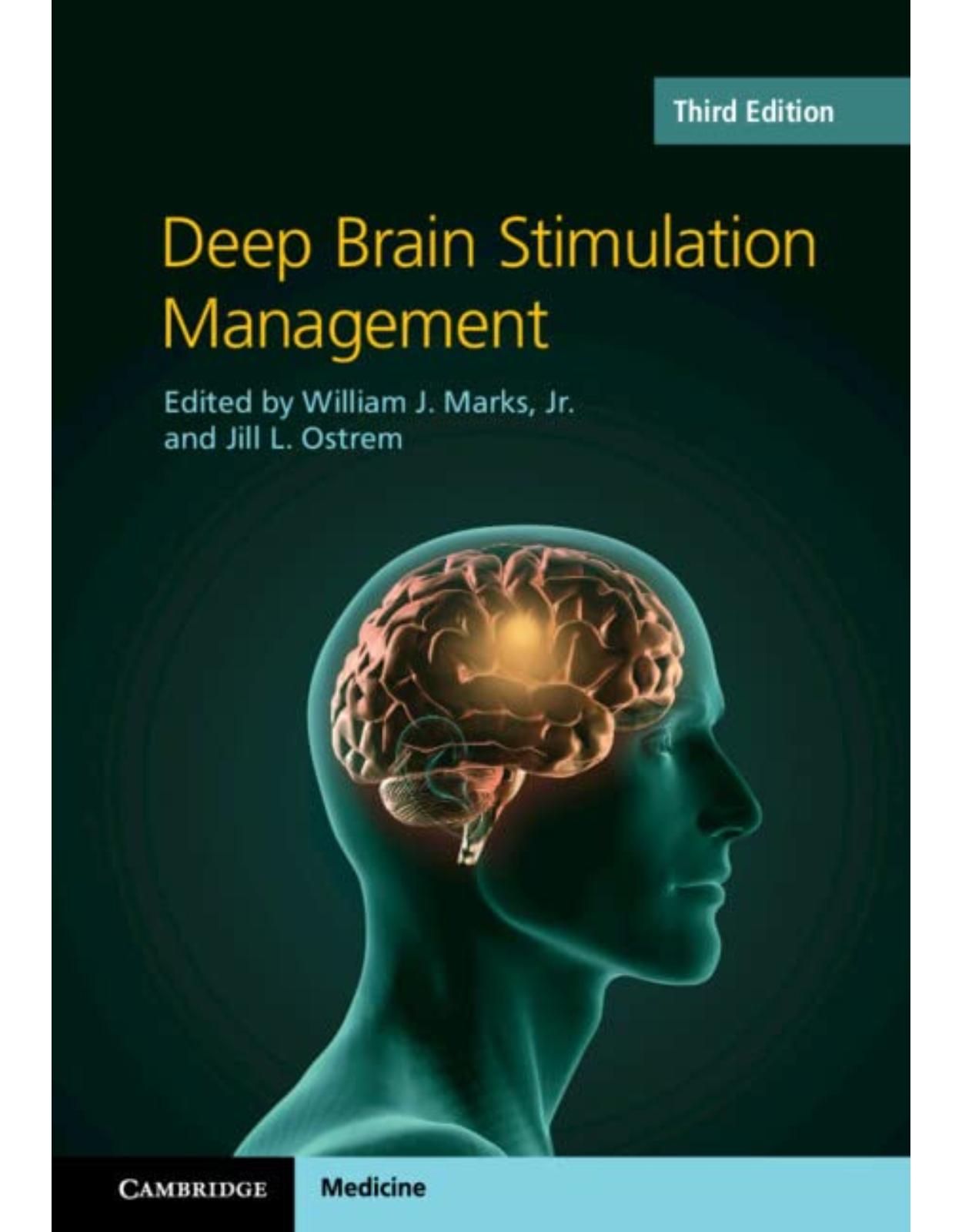
Clientii ebookshop.ro nu au adaugat inca opinii pentru acest produs. Fii primul care adauga o parere, folosind formularul de mai jos.